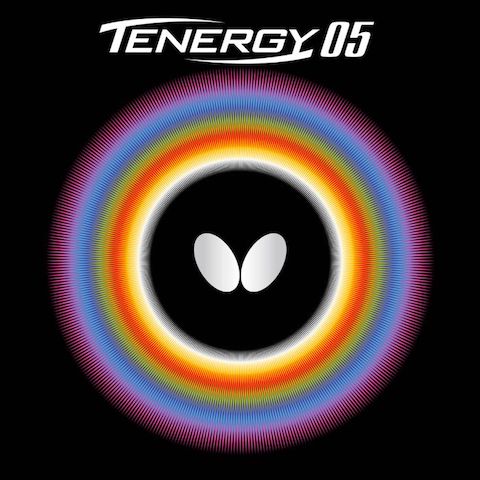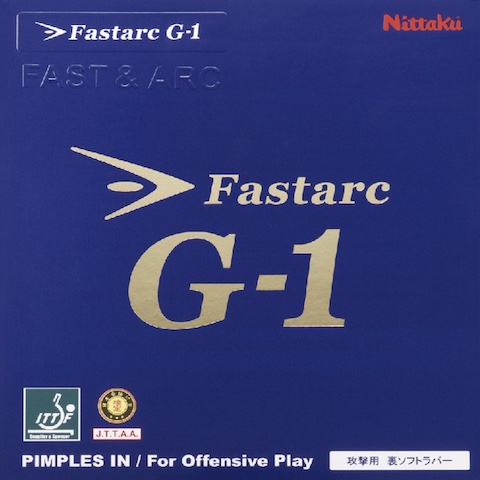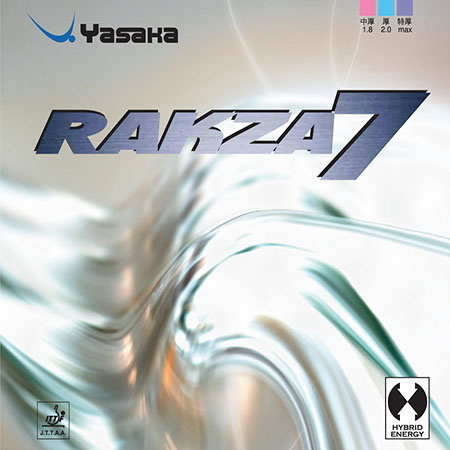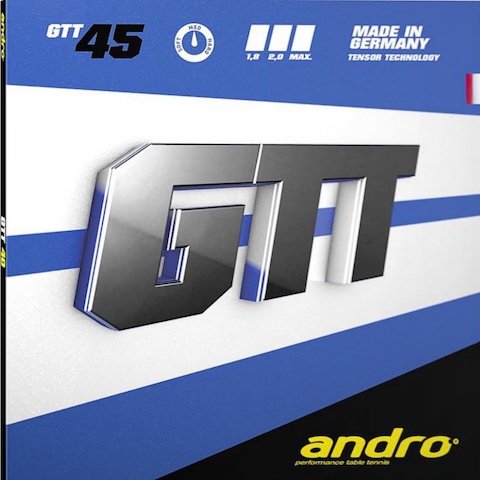Best Tensor Rubbers for Table Tennis 2024 Test
What is a tensor rubber?
This innovation in technology is responsible for the so called catapult effect which basically is a fancy term for the word acceleration. The faster the ball is being accelerated after hitting the racket, the faster it will shoot at your opponent. Hence the term catapult as the ball is being catapulted out of your bat after sinking into the rubber. Imagine jumping on a trampoline. The stronger the catapulting effect of the trampoline is, the higher you fly into their air. Same principle applies to table tennis rubbers and balls.
Sponge hardness vs. catapult
When researching the relation between sponge hardness and their speed, you will sometimes read very confusing and contradictory information on the web. Sometimes articles claim that soft rubbers are slower, more forgiving and therefore easier to control. Then again in other posts you will find claims that softer sponges have the characteristic of the ball sinking in deeper into the rubber leading to a stronger catapult effect. But if both these claims are true: How can soft sponges be faster and easier to control at the same time? Here is the answer: It depends on the power when you hit the ball with your racket. With less power, soft sponges have the advantage that they will accelerate the ball faster than harder rubbers because they allow the ball to sink in easier. Imagine a trampoline again: As a lightweight kid you will be accelerated easier on a soft tensioned trampoline compared to one which is super hard. Now image you are a 100kg adult and you jump on the same trampoline. What would happen? If the tension is too soft, then you will be accelerated less than the lighter kid, so for an adult you'd need a harder tensioned trampoline. Same principle applies to table tennis rubbers. If you hit the ball only with a bit of power, then soft sponges give the most catapult. However, when progressing to advanced levels, you will learn how to hit the ball harder and you will quickly reach the limits of these soft sponges up to the point when no more additional catapult effect is noticable. This is when you need to switch to medium or hard sponges in order to get the catapult effect you want. Keep in mind that this will also affect your short game when doing pushes near the net.
Linear vs. non-linear tensor rubbers
The term linear speed increase pretty much means the following: When the ball hits the racket, it will shoot off with a certain speed. With linear acceleration (aka catapult), the increase in speed will be more predictable because it doesn't change, no matter how hard the ball hits the racket and how fast you hit the ball. With non-linear tensors this is more difficult to handle because as you can see in the chart below, the speed increase becomes much stronger, the harder the ball hits the racket while at lower speed the difference between linear and non-linear is not so strong. This is especially noticable during blocks. When blocking a strong shot with a non-linear rubber, your ball sometimes might land on the table and sometimes not. Reason being that depending on the power of your opponents stroke, the speed at which the ball leaves your racket can be low or very high which can be difficult to predict.

Tenergy 05 is probably the prime example for a non-linear tensor rubber while other products like Nittaku Fastarc G1 or Yasaka Rakza 7 are more linear. The benefit of heavily tensored, non-linear rubbers like Tenergy 05 is that you can reach higher top speeds especially if you're capable of striking really hard. This however can be very difficult for beginner and intermediate players and should only be attempted by advanced players who have already developed the necessary skills for this technique. Everybody else is probably better off with linear accelerating rubbers like the Fastarc series or entry-level tensors rubbers like Andro GTT45 (see list below) because these allow better predictability of the ball trajection at the cost of lower top speed (but usually still fast enough). So, without further ado, let's have a look at the best tensor rubbers currently available on the market:
List of best tensor rubbers 2024
Butterfly Tenergy 05

- Extremely fast
- Strong catapult effect
- Lots of spin
- Hard to control
- Crazy expensive
- Not very durable
Nittaku Fastarc G1

Although not very well known by players in the west, the Nittaku Fastarc G1 is in fact Japan's most sold rubber as it is seen as an affordable alternative to Butterfly Tenergy 05. Its sponge is at 47.5° hardness slightly firmer than both Tenergy 05 and also Rakza 7. The Fastarc G1 is one of the spinniest rubbers out there and might be a bit difficult to control at first but once you master it, you will be rewarded with lightning fast power-topspins to throw at your opponent especially from mid-distance. Its biggest weakness is that it is quite sensitive to incoming spin, so you will need a lot of experience to control this rubber effectively in your gameplay. A great benefit of the Fastarc G1 compared to many other tensor rubbers is that its speed increase is linear, so it is quite easy to control both in short as well as mid distance game without having to worry that the ball could shoot off your racket unexpectedly.
The biggest benefit of the Fastarc G1 however, compared to Tenergy 05, is the value of this product. Nittaku asks only half the price of what Butterfly wants from their customers. In some countries the G1 is even on sale, so make sure to check out the official Nittaku store at nittaku.tt regularly. In addition, the Fastarc G1 is also very durable so it does not need replacement as often as compared to its Butterfly rival. Overall, these attributes make the Nittaku Fastarc G1 the favorite choice of our editorial staff for advanced and (semi-)professional players with an offensive attacking style.
- Decently fast
- Linear catapult effect
- Lots of spin
- Good control (for such a fast rubber)
- Great value
- Very durable
- Catapult not as strong compared to other top-highspeed rubbers
Tip: If you're in the market of getting a Fastarc G1 or Yasaka Rakza 7 but can't decide between both of them, why not check out our comparison article Fastarc G1 vs. Rakza 7?
Butterfly Rozena

- Good value offensive rubber
- Budget entry into Butterfly brand
- Unique pink sponge color
- Affordable price
- Less spinny than comparable alternatives
- Not very durable
Yasaka Rakza 7

There is literally no downside to this rubber except that you probably need a couple of years of experience playing table tennis to get the most out of it. If you are a complete rookie, then you might want to look for something in the beginner category down below or check out our article on best beginner rubbers or for intermediate players: Best intermediate rubbers.
- Great allround rubber
- Good speed
- Lots of spin
- Decent control
- Very durable
- A bit slower than other top-highspeed rubbers
Tip 1: If you are looking for something with a softer sponge, there is also the Rakza 7 Soft version which has a bit more catapult and spin. If you opt to use the soft version on both sides, we recommend using a hard carbon blade like the Yasaka Ma Lin Carbon which is both, amazing as well as affordable around just $50.
Tip 2: If you're in the market of getting a Rakza 7 or Nittaku Fastarc G1 but can't decide between both of them, why not check out our comparison article Fastarc G1 vs. Rakza 7?
Andro GTT 45

- Good transition rubber from classic to tensor
- Decent control
- "Good enough" spin
- Very durable
- Too slow for advanced players
Tip: If Andro GTT 45's sponge is too hard, why not check out Andro GTT40 which is slightly softer. Also, as another alternative to GTT 45, you can also have a look at Nittaku Factive which is an entry-level rubber as well but sometimes hard to find in stores outside of Asia.
 Spin Testers
Spin Testers

